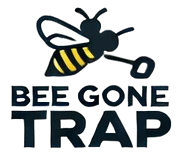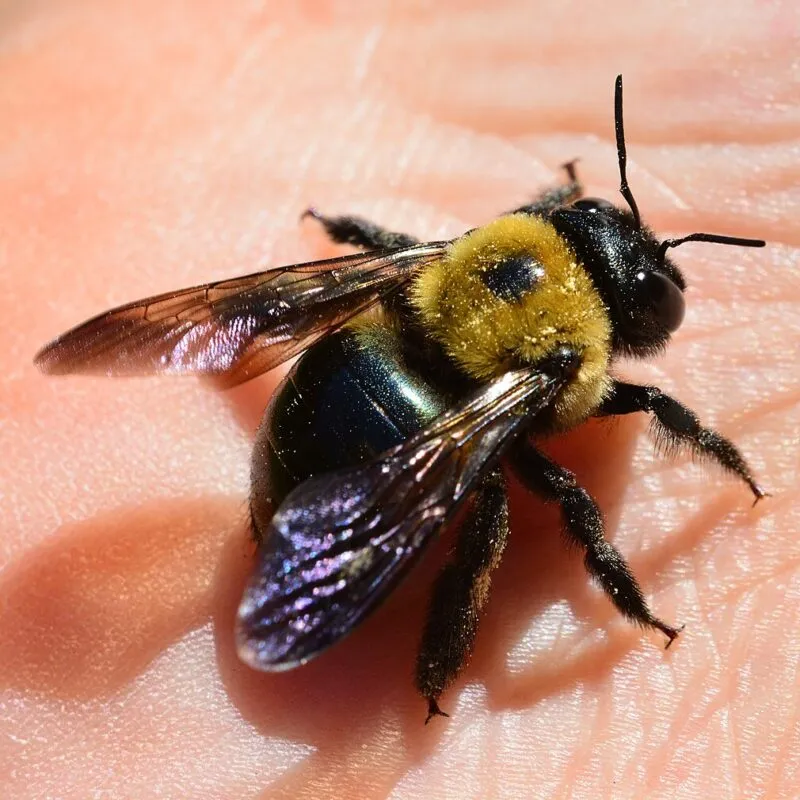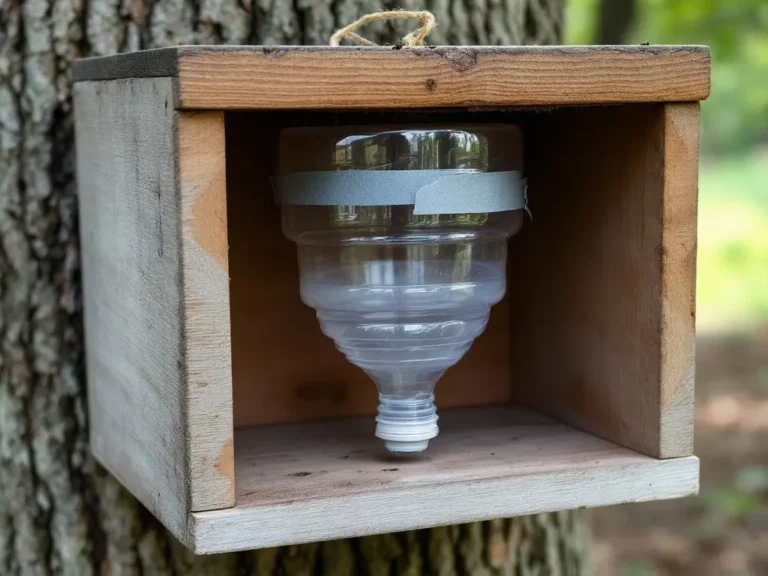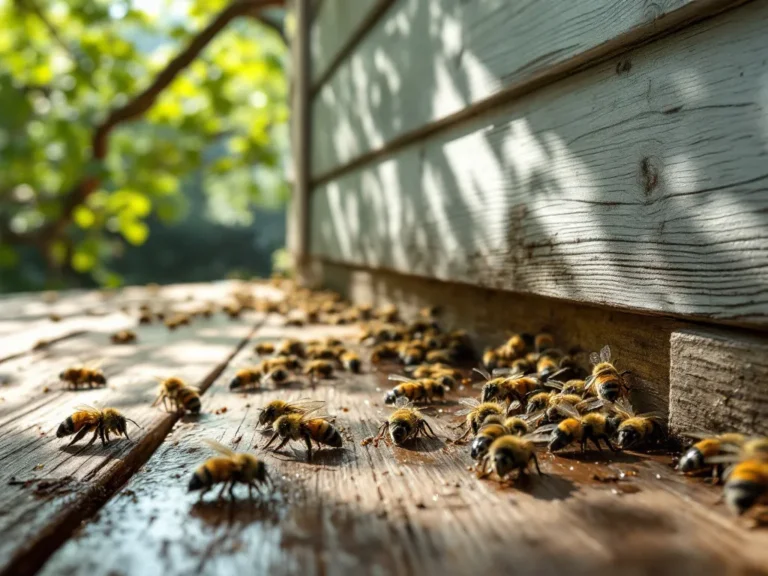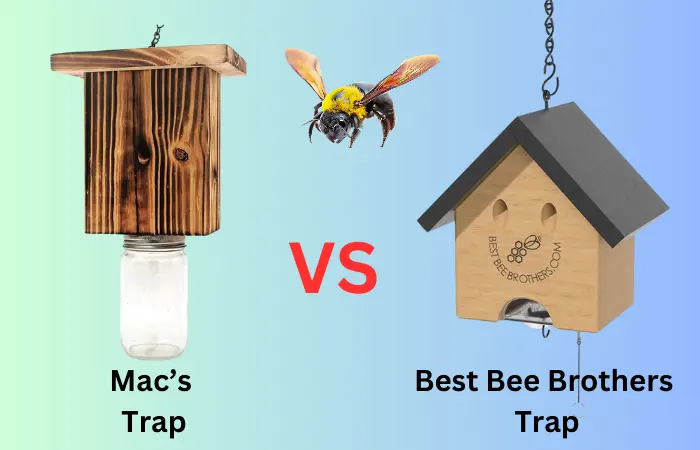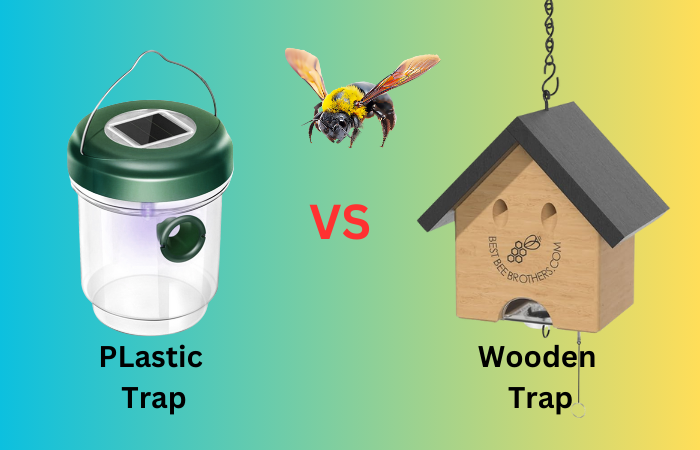Have you ever noticed perfectly round holes in wooden structures around your home or garden? These are likely the work of carpenter bees, fascinating insects known for their wood-drilling behavior. But which bees are responsible for this? Is it the females, the males, or both? Understanding the behavior of carpenter bees can help homeowners protect their property while appreciating these unique pollinators. In this article, we’ll delve into the intriguing world of carpenter bees, revealing which gender is behind the drilling and what you can do to manage their activity effectively.
Introduction to Carpenter Bees
Carpenter bees are large, solitary bees that resemble bumblebees but have a distinctive shiny, black abdomen. Unlike honeybees and bumblebees, carpenter bees do not live in colonies or build communal nests. Instead, they carve out individual nests in wood by drilling holes, which can sometimes cause concern for property owners.
Carpenter bees are found in many parts of the world and are especially prevalent in temperate regions. They play an important ecological role as pollinators, contributing to the health of plants and ecosystems. However, their nesting behavior often brings them into conflict with humans when they target wooden structures, such as decks, eaves, and outdoor furniture.
Who Drills the Holes? Female vs. Male Carpenter Bees
The primary difference between male and female carpenter bees, beyond their reproductive roles, is their behavior, particularly when it comes to drilling holes.
Female Carpenter Bees:
Females are the ones responsible for drilling holes in wood. They use their strong mandibles to chew through wood, creating a series of tunnels where they will lay their eggs. The tunnels can extend several inches into the wood, and each tunnel can have multiple chambers, each containing an egg and a supply of pollen and nectar for the developing larvae.
Male Carpenter Bees:
Male carpenter bees, on the other hand, do not drill holes. Instead, their primary role is to protect the nesting area. Males are often seen hovering around the entrance to a nest, aggressively guarding the area from perceived threats. Despite their aggressive behavior, male carpenter bees are harmless as they do not have stingers.
Impact of Drilling Behavior
The drilling behavior of female carpenter bees can cause damage to wooden structures, especially if the bees return year after year to the same area. Over time, the repeated drilling can weaken the wood, potentially leading to costly repairs. This is particularly concerning for homes with wooden siding, decks, or other exposed wooden elements.
In addition to structural damage, the presence of carpenter bees can attract woodpeckers, which may cause further damage as they attempt to excavate the tunnels to feed on bee larvae.
Managing Carpenter Bee Activity
While carpenter bees play a valuable role in pollination, their tendency to drill holes in wood can be problematic. Here are some strategies for managing their activity:
- Preventive Measures:
- Paint or Varnish Wood: Carpenter bees prefer bare, untreated wood. Painting or varnishing wood surfaces can deter them from drilling.
- Use Hardwood: Carpenter bees are less likely to drill into hardwoods, such as oak or mahogany, compared to softer woods like pine or cedar.
- Seal Existing Holes: If you find existing carpenter bee holes, seal them with wood putty or a suitable sealant in the fall when the bees are not active. Painting over the sealed holes can further discourage future nesting.
- Deterrents:
- Citrus Oil Sprays: Carpenter bees dislike the smell of citrus. Applying a citrus oil spray around potential nesting areas can help deter them.
- Decoy Nests: Installing decoy nests can trick carpenter bees into thinking the area is already occupied, reducing their likelihood of drilling new holes.
- Non-Lethal Control:
- Aluminum or Vinyl Siding: If carpenter bees are a persistent problem, consider replacing wooden siding with aluminum or vinyl, which the bees cannot drill into.
- Bee Houses: Offering alternative nesting sites, such as bee houses, can provide carpenter bees with a suitable place to nest without damaging property.
- Professional Help: If the infestation is severe, or if DIY methods are not effective, consider hiring a pest control professional who specializes in humane bee management.
Understanding Carpenter Bee Benefits
Despite their potential for damage, carpenter bees are beneficial insects. They are effective pollinators for a wide range of plants, including many that are important for agriculture and natural ecosystems. By taking a balanced approach to managing carpenter bees, homeowners can protect their property while still supporting local bee populations.
FAQs
Q: Why do carpenter bees drill holes in wood?
A: Female carpenter bees drill holes to create nesting sites where they lay eggs and provide a food supply for their larvae.
Q: How can I tell if a carpenter bee is male or female?
A: Males have a distinctive white or yellow spot on their face and are generally more aggressive. Females do not have this spot and are typically seen drilling holes.
Q: What materials are most vulnerable to carpenter bee damage?
A: Carpenter bees prefer untreated, softwoods like pine, cedar, and fir. Treated or painted wood is less likely to be attacked.
Q: Are carpenter bees harmful to humans?
A: Male carpenter bees do not sting, and while females can sting, they are generally non-aggressive and sting only if provoked.
Q: How can I protect my home from carpenter bee damage?
A: Preventive measures include painting or staining wood, sealing existing holes, using hardwoods, and applying natural deterrents like citrus oil sprays.
Final Toughts
Carpenter bees, particularly the females, are responsible for drilling holes in wood, a behavior that can lead to significant damage if left unchecked. However, these bees also provide essential pollination services, making them important contributors to our ecosystems. By understanding their behavior and taking appropriate management steps, you can protect your property while supporting these beneficial insects. Embrace a balanced approach, and you’ll be able to coexist peacefully with carpenter bees, appreciating their role in nature without sacrificing the integrity of your wooden structures.
